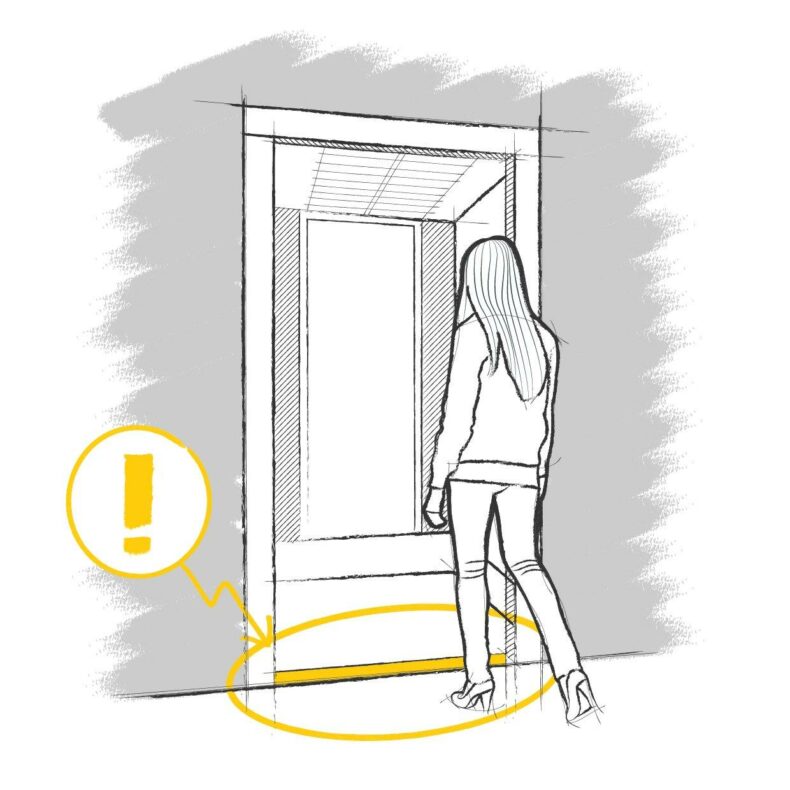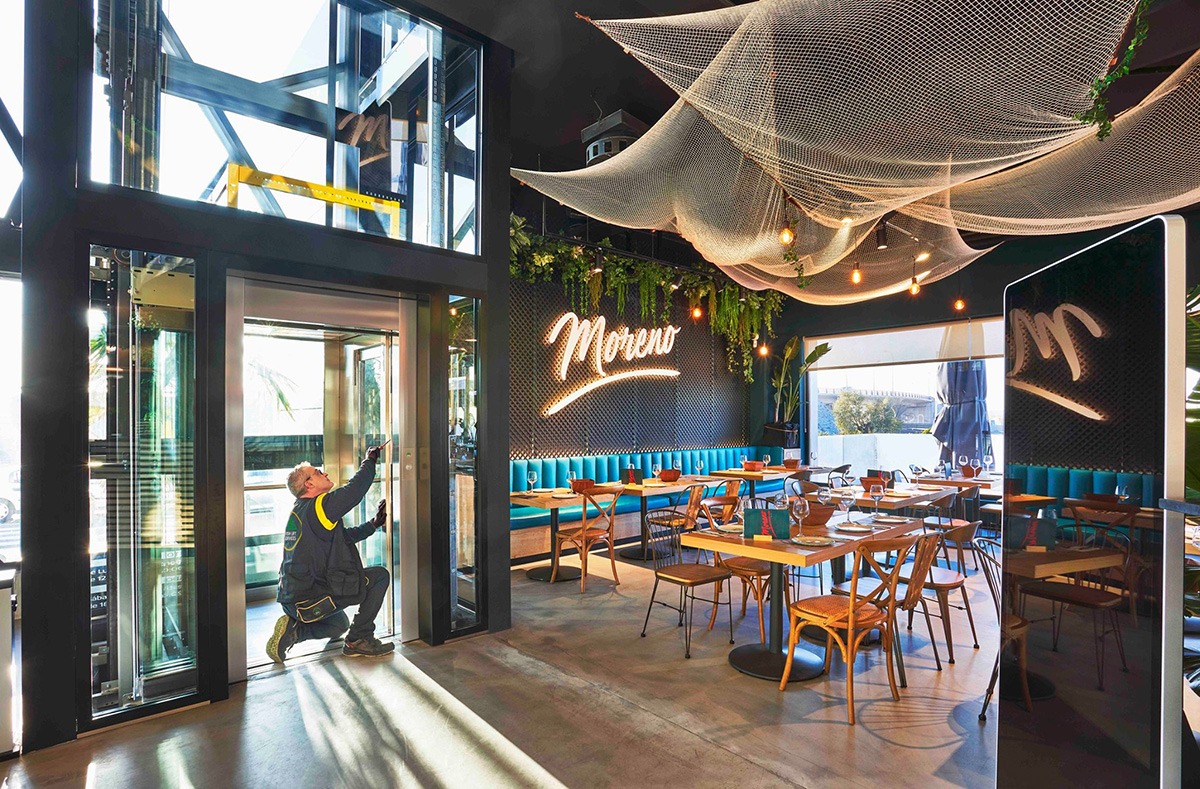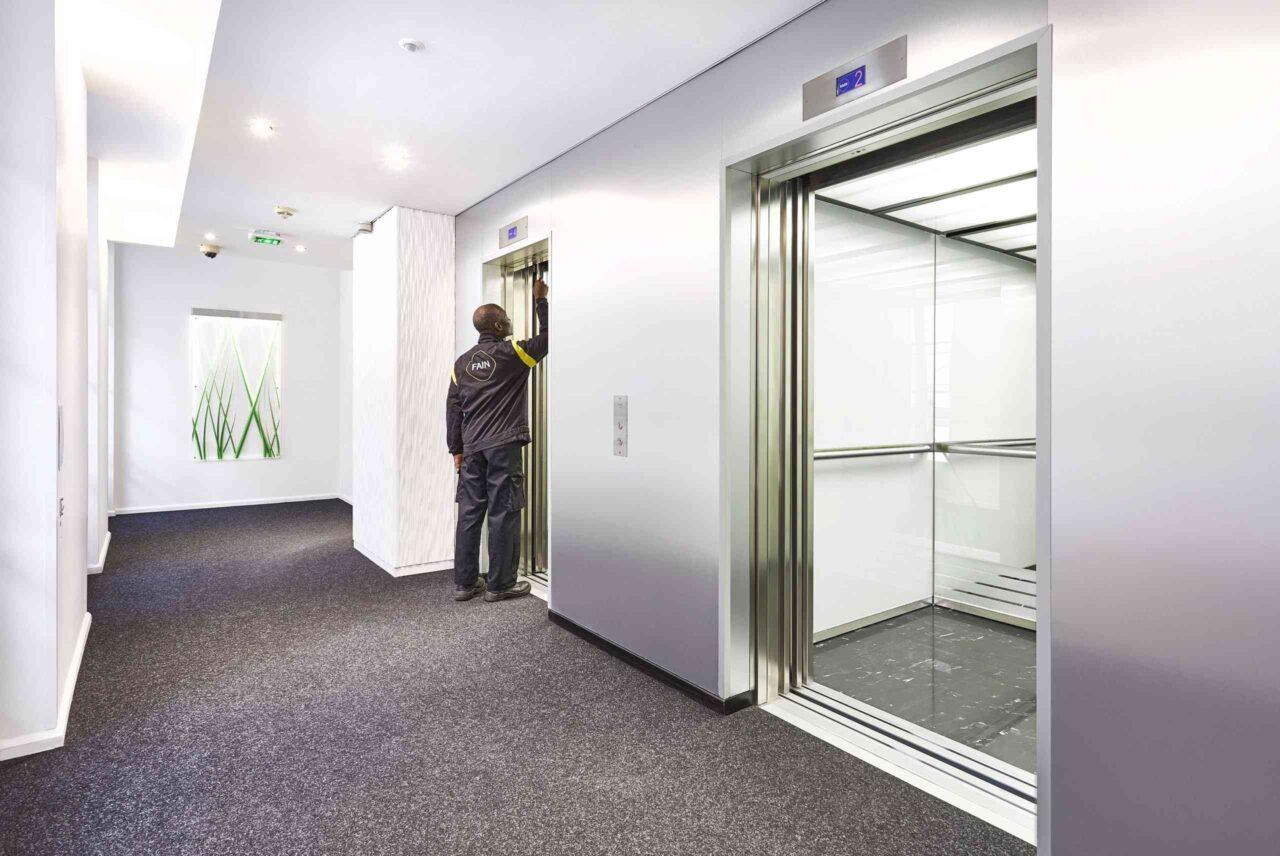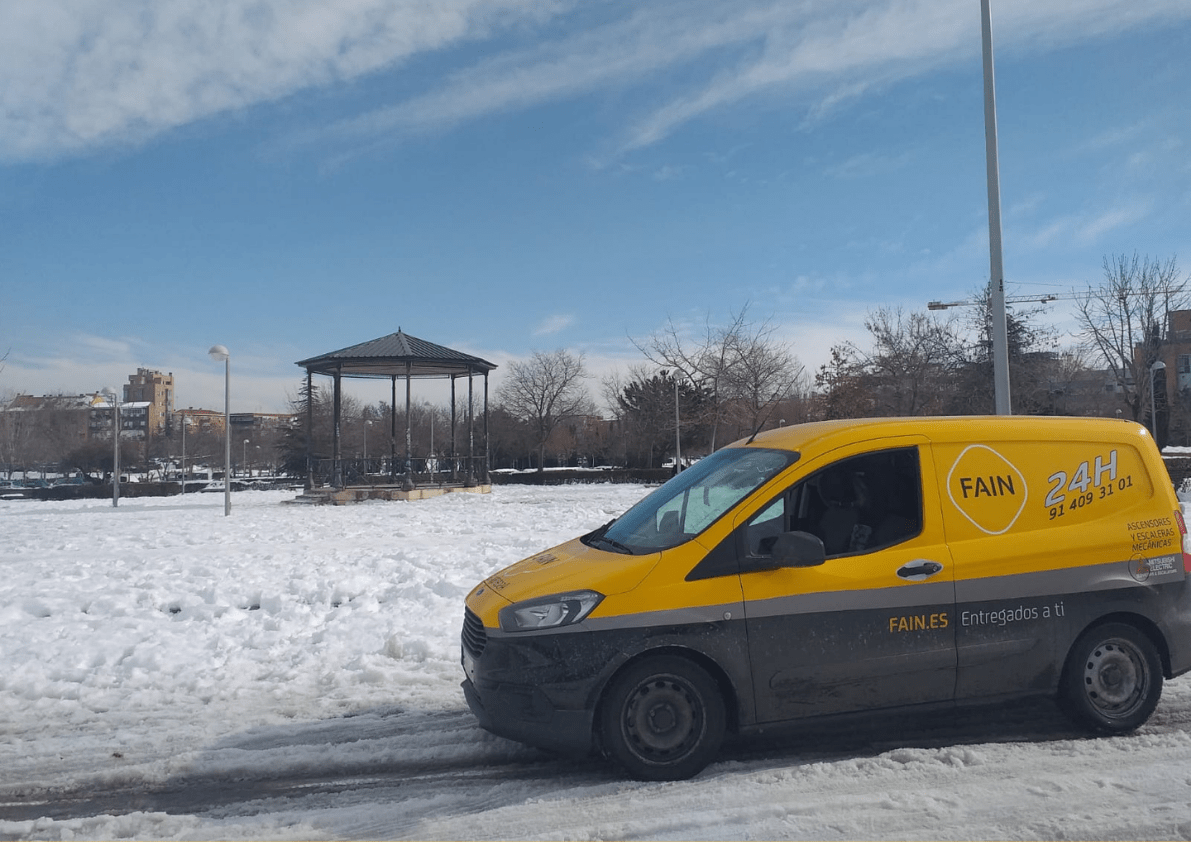
When a lift stops, the cab must be perfectly level with the corresponding floor, such that it is neither above nor below the floor surface. This pinpoint accuracy makes it easier for users – especially those with mobility problems or pushing a pram or carrying groceries – to get in and out without tripping.
Thus, an essential aspect of a lift’s operation is how precisely it can stop at a given floor (and if it is equally precise with or without passengers). Specifically, the lift has to stop at a floor within certain a tolerance (+/-10mm) to minimise any elevation differences.As we mentioned earlier, in 2017, improper levelling caused one serious accident for every 13 minor incidents. It is thus logical to make this one of the items to inspect during lift maintenance activities. But, why does mislevelling occur?
Reasons why a lift doesn’t stop level at a floor
- Single-speed machines. These lifts start and stop at their nominal speed, which makes the stop more abrupt and the levelling less accurate. Moreover, brake performance is affected by temperature changes, resulting in wide swings in braking capacity and response times between the winter and summer months. This phenomenon causes significant mislevelling when the lift stops.
- Old two-speed machines with reduction gear. These lifts use a fast speed to start moving and a slow one to brake. This means that the stop is not as abrupt, resulting in more precise levelling. However, over time, the shoes wear out and the condition of the drum degrades. In these cases, the brake may lose effectiveness, leading to mislevelling.
- Old control panel (even if it is two-speed) with damaged relays and contactors. Wear in these devices can cause micro-delays in their performance, resulting in the cab not levelling off properly at the floor.
- Excess load. When a lift carries more weight than it is rated for, it also makes it difficult to accurately stop when it reaches the floor, leading to dangerous mislevelling.
- Minor loss of precision in hydraulic lifts. When a hydraulic lift is stopped at one floor for a long time, small pressure losses can occur, causing the cab to become mislevelled as it drops slightly due to its own weight.

Possible solutions for mislevelled lift cabs
If you notice any levelling problems in your lift cab with respect to floor level, you can opt for one of these solutions:
- install a variable-frequency drive (VFD) in the control panel. This system improves ride comfort and stops the lift at the exact level. However, not all control panels or machines are compatible with a VFD. If a VFD can’t be installed, the entire control panel would have to be replaced.
- Install a gearless machine, which already incorporates a VFD into its operation. This technology provides stopping accuracy and, as a result, will make it easy, comfortable and safe for passengers to get in and out of the lift.
- Installation of a weight sensor. With this mechanism, the lift will not operate if it detects more load than it can safely carry. Instead, an overweight alarm will sound (forcing one or more riders to exit the cab). This prevents both mislevelling and constant wear on the brakes.
- Hydraulic lifts offer better levelling performance. The drawback of this type of lift is that starting and stopping is usually more abrupt, and they consume more electricity. To correct this, FAIN recommends installing a block with electronic valves to replace the old one. Why? This type of valve acts as a VFD: they offer more precise levelling and enhance ride comfort.
If you have any questions or you find yourself always having to step up or down to get into or out of a lift. Our staff are ready to find the cause and offer a solution to your problem. We are available 24/7. Contact us. We look forward to hearing from you!
Basic information on data protection: In accordance with the GDPR and the LOPDGDD, FAIN ASCENSORES S.A. will process the provided data in order to contact you with the information you need. For more information about the processing of your data and to exercise your rights, please visit our privacy policy




